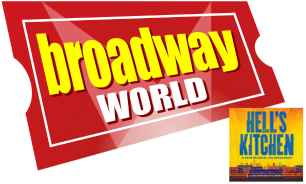Photo Flash: The Shaw Festival
In the Spirit of George Bernard Shaw, the Shaw Festival provokes the mind and stirs the soul through a theatre experience so compelling that, year after year, ever broadening groups of artists, audiences and supporters are drawn to our work in Niagara-on-the-Lake and beyond.
The Shaw Festival was started in 1962 by Niagara-area lawyer and playwright Brian Doherty. During the summer, Mr Doherty organized eight weekend performances of Don Juan in Hell and Candida by Bernard Shaw under the title "Salute to Shaw". For this event, the Assembly Room in the historic Court House on Queen Street was converted into a small theatre.
The following year, the Shaw Festival Theatre Foundation was established as a non-profit organization, with an elected volunteer Board of Governors, and the company's mandate was to produce the dramatic works of Bernard Shaw and his contemporaries.
In its first decade, the Shaw Festival enjoyed explosive audience growth, and the company toured extensively in the United States and Canada. Then on June 20, 1973, in Niagara-on-the-Lake, Ontario, the Festival Theatre was officially opened by Her Majesty Queen Elizabeth II. This beautiful new building enabled the Shaw Festival to mount large-scale productions which drew national and international acclaim.
A new era began in 1980, with Christopher Newton as The Shaw's new Artistic Director. Under his leadership, the company grew steadily and gained an enviable reputation for its provocative and subtle ensemble acting and for its innovative theatrical designs. The repertory theatre also became known for reviving plays which other companies are unwilling or unable to produce: seminal works such as Cavalcade and Lulu, once-popular genres such as operettas and stage mysteries, and neglected gems such as Waste and The Return of the Prodigal. With an eye to the future, Mr Newton expanded the mandate in 2000 to include new plays written about the period of Shaw's lifetime (1856-1950).
Another new era began with Christopher's retirement in 2002. After more than a year as Artistic Director Designate, Jackie Maxwell announced her 2003 season. During her tenure, Ms Maxwell has enriched the programming to include pieces by largely forgotten women writers from Shaw's period, commissioned new translations by some of Canada's most respected playwrights, presented Canadian classics on the playbill and initiated enormous growth in the area of new Play Development. Her first season at The Shaw as Artistic Director saw the launching of the company's largest construction and renovation project since the Festival Theatre opened thirty years earlier. This new building features three rehearsAl Halls, the largest of which also serves as a new performance space called the Studio Theatre.
The company now works in four theatres. The largest is the Festival Theatre, which at 869 seats is still intimate by most standards. Here is where our grand season opening takes place each May. The Court House Theatre, located where the Shaw Festival began in 1962, has 327 seats in a "thrust" configuration. Each year The Shaw leases the Assembly Room in the historic Court House from the Town of Niagara-on-the-Lake and installs a theatre in the space. The Royal George Theatre, which seats 328, was built in 1915 as an intimate vaudeville house and acquired by the Shaw Festival in 1980. Through the generosity of philanthropist Walter Carsen, its once-shabby auditorium was transformed into a glittering little opera house. The Studio Theatre, which doubles as a rehearsAl Hall, is located in the newly constructed Donald and Elaine Triggs Production Centre attached to the Festival Theatre. The seating arrangement is flexible, depending on the needs of the particular show appearing in that space, with a maximum capacity of 200 seats.
The Shaw's productions are designed to be enhanced by the theatre in which they are presented. Choices for each theatre are made carefully, taking into consideration what the theatre setting will bring to the work. The Shaw Festival is a non-profit charitable organization as opposed to a commercial theatre. It is governed by an active volunteer Board of Governors with almost 70% of our annual revenue coming from Box Office sales and other earned revenue. We produce 10 to 12 plays each season, with approximately 800 performances in our four theatres, to audiences totaling about 300,000 people.
Photos by Emily Cooper

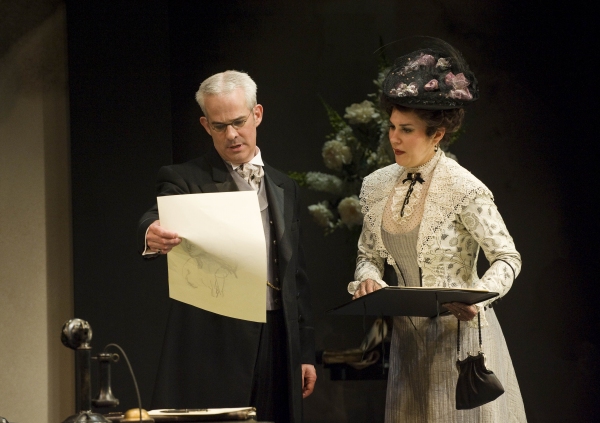
Patrick Galligan and Krista Colosimo in The Doctor's Dilemma
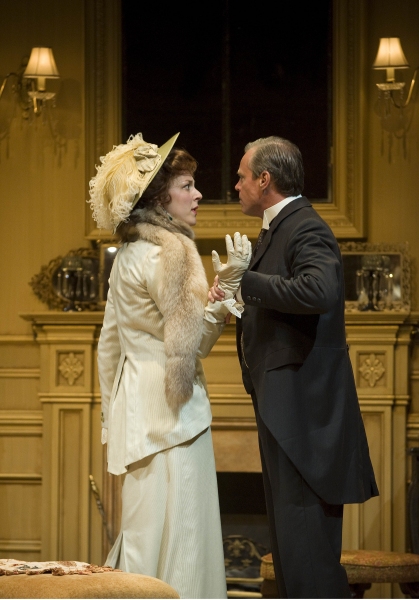
Diana Donnelly and Peter Krantz in Half an Hour
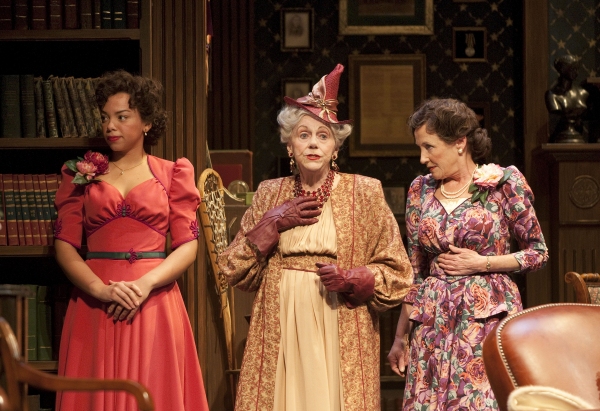
Zarrin Darnell-Martin, Jennifer Phipps and Mary Haney in Simmons in Harvey
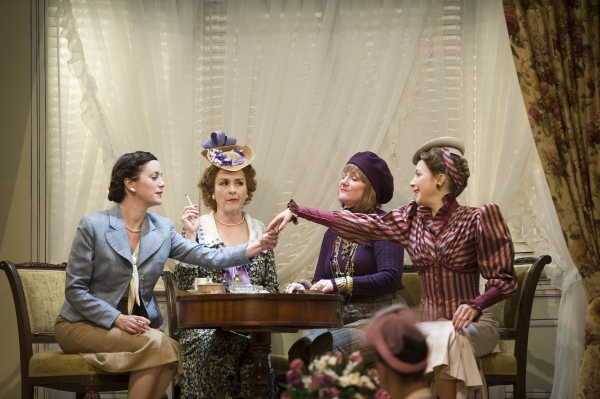
Jenny Young, Jenny L. Wright, Kelli Fox, and Deborah Hay in The Women

Severn Thompson and Laurie Paton in The Cherry Orchard
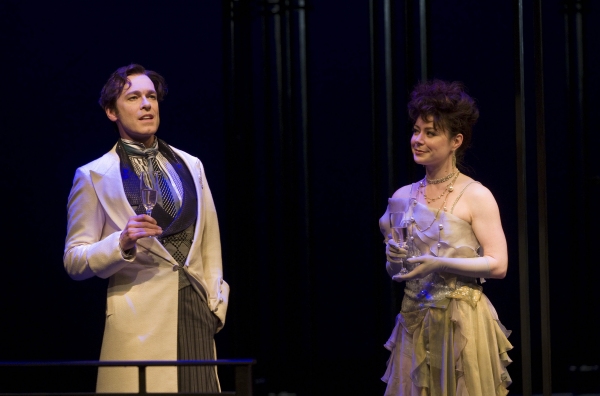
Steven Sutcliffe and Marla McLean in An Ideal Husband
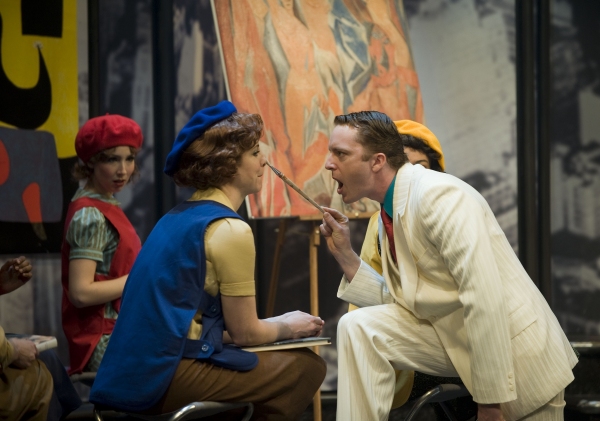
Melanie Phillipson and Mark Uhre in One Touch Venus
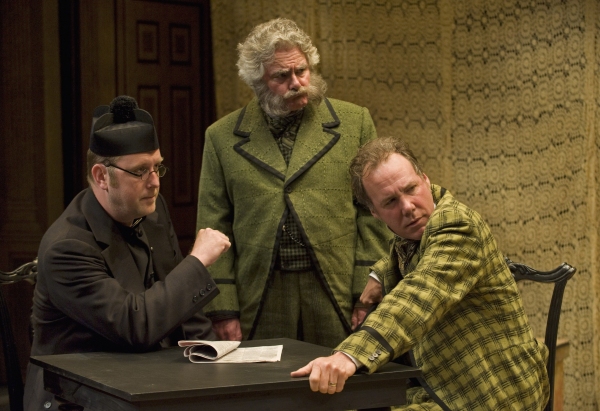
Thom Marriott, Guy Bannerman, and Patrick McManus in John Bull's Other Island

Videos
